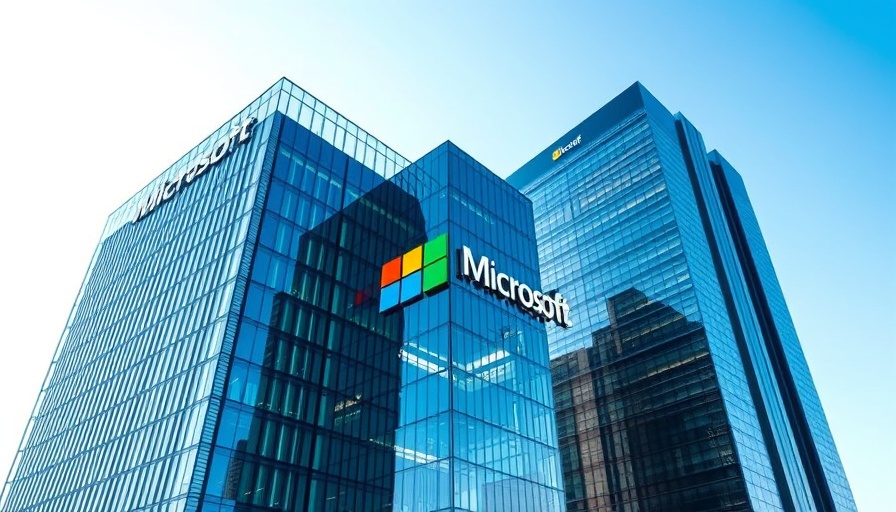
Embracing the Future: Managing AI Agents in the Workplace
As artificial intelligence (AI) becomes more integrated into our daily lives, Mustafa Suleyman, Microsoft’s AI CEO, emphasizes the impending shift in how we work. During a recent conversation on the Big Technology podcast, Suleyman shared his vision for the workplace in the next decade, focusing specifically on the management of AI agents rather than mere utilization. This approach represents a paradigm shift that requires not just understanding AI's capabilities but also learning how to collaborate with these digital assistants.
The Value of Management Over Usage
One of Suleyman's pivotal points is that the future worker will not only use AI tools but will manage AI agents that are designed to assist them. In his words, “It’s going to be much more about you managing your AI agent.” This means that employees will adopt a more active role in instructing these digital entities, offering feedback, and ensuring quality outcomes.
By rethinking the role of workers from passive users to active managers, Suleyman points to a world where individuals can amplify their productivity and creativity. He argues that experimentation with these technologies is essential. “It’s a little bit like when people got access to the internet for the first time,” he explains. Encouraging young people to familiarize themselves with AI tools now could shape their readiness for the future workplace.
Recognizing Potential Risks and Opportunities
Despite the optimistic outlook, Suleyman warns of the risks associated with AI, including job automation, ethical considerations in warfare, and societal impacts. He acknowledges that while AI has yet to solve major global challenges, the ongoing advancements in technology could lead to revolutionary solutions.
Businesses, educators, and policymakers must strike a balance between encouraging innovation and addressing risks. As AI technologies evolve at an unprecedented pace, discussions surrounding ethical use, security, and employment must remain at the forefront. This is crucial as society adapts to these changes.
The Creative Power of Users
Suleyman believes that creativity should not be the sole province of AI developers. He asserts that “the things that people choose to do with their tools are always way more inventive and surprising than anything you could possibly think of ahead of time.” By opening channels for broader participation in AI development, companies can capitalize on the collective ingenuity of their users, fostering an environment ripe for innovation.
Practical Steps to Prepare for an AI-Integrated Workplace
So how can young professionals and students prepare for an AI-driven future? Here are some actionable steps:
- Experiment with AI Technologies: Start using AI tools, such as automation software and virtual assistants, in daily tasks.
- Stay Informed: Keep up with the latest AI trends and understand how they impact your field of interest.
- Collaborate: Work in teams that incorporate AI solutions, fostering a dynamic where managing agents becomes second nature.
By taking these proactive measures, individuals can position themselves advantageously in the workforce of the future.
Conclusion: A New Era Awaits
The future of work will not just involve using AI—it will require a new skillset rooted in the management of AI agents. As the technology continues to develop, embracing these tools and understanding how to collaborate with them will empower individuals and organizations alike. Position yourself today by engaging with AI technologies, as the era of managing digital assistants shapes the way we work tomorrow.
Stay connected with the latest developments in AI and the future of work. Your adaptability and readiness could make all the difference as we step into this transformative phase.
 Add Row
Add Row  Add
Add 




Write A Comment